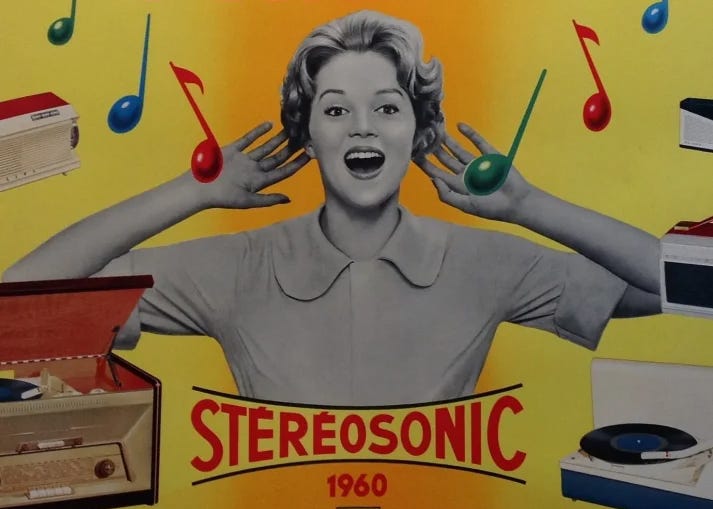Genre boundaries dissolve, micro-genres rise and fall. While it was ever thus, in this post-tribalism era music is often everything all the time.
From Dolly Parton going rock to Post Malone going country, there’s always been a regular flow of travellers crossing musical borders, but they tend to voyage to just one destination.
A more interesting trend can be found when genre boundaries become porous. Standout examples can be found in the black metal and shoegaze alchemy of Deafheaven, Turnstile’s modern take on punk rock, or the joyful hopscotch of Santigold.
Earlier this month The Guardian ran a piece on The ARChive of Contemporary Music, that struck a chord, and not just because of its backstory or the wealth of resources it spoke about.
Based in New York City, where it’s home to over three million sound recordings, ARC has one of the largest popular music collections in the world.
It was co-founded in 1985 by Bob George, whose many achievements (seriously, check out his Wikipedia page) include writing the first comprehensive ‘discographical’ reference work on punk and new wave, Volume, the International Discography of the New Wave.
“I was doing the book and then doing Peel shows and it accidentally became this large collection that nobody wanted,” Bob told The Guardian.
“They kept saying, oh, we collect classical, we collect Broadway, we collect ethnic music. I said, well, I have funk, reggae, African and hip-hop and they said, oh, no, we don’t collect any of that. Forty years later, I say, you put all those together and that’s what music has become.”
Bob’s own collection of 47,000(!) records provided ARC’s foundations. Nowadays in amongst its millions of recordings can be found collections of LA punk flyers - for the Germs, Black Flag, Middle Class, Screamers and more, a range of ‘almost Beatles’ recordings, Keith Richards’ blues collection, and much else besides.
You might want to lose some time browsing the catalogue, comparing its listings for Hüsker Dü (on which it’s a little light, but does have the ‘cassette magazine’ Bang Zoom), Sonic Youth and Dinosaur Jr, or maybe skipping across genres to view a copy of ‘A Beautiful Friendship’ by Ella Fitzgerald, complete with its 45 centring device, would be more appropriate.
Because that’s just how music is these days (skipping genres, not anchored by centring devices).
Researching Public Service Broadcasting for one of last month’s issues of Red Fire Sky, I came across this quote from the band’s founder J. Willgoose Esq. that seemed to sum up how many of us that haven’t be able to stream music on demand from birth approach it.
“Once the musical gates opened up in my head in the early 2000’s there is nothing that I won’t listen to now; it’s trying to find the stuff that resonates with you really,” he told UK Music Reviews earlier this year.
Of course, while a post-tribal approach to music is the norm nowadays, it was always possible. One example among many might be A.R. Kane’s blend of effects-laden guitars, dub production and drum machines.
Co-founder Rudy Tambala was interviewed by Joshua Minsoo Kim for the Tone Glow Substack recently and the topic came up, with Joshua noting A.R. Kane’s willingness to pull from so many different styles.
Rudy replied: “I don’t know why everyone isn’t doing that, it seems like the most obvious thing (laughter). It’s called fusion. And like I’ve been describing, my and Alex’s influences—and my family’s influences—were from different cultures. And we were absorbing it all.
And maybe that’s what we’re all trying to do these days – listen to everything, all the time.
Main image: The ARChive of Contemporary Music




